On this tour, we will peel back the layers of history to imagine what Santa Barbara, and the people in it, were like in the 18th and 19th centuries. We will explore the old core of Santa Barbara, known as El Pueblo Viejo, "the old town," centered around the Presidio, and discover what remains of the first few decades of the town. I will show you the must see sites, as well as some out-of-the-way architectural gems that only a local like me knows about. I have researched local history quite extensively and am very knowledgeable. What makes this tour unique is my in-depth understanding of local history, lore, and architecture, and my abilities to answer whatever questions you might have, as well as to show you the hidden places that aren’t listed in every guidebook. We can arrange beforehand to focus on what you find most interesting: Architecture? History? Adobe construction? Perhaps a combination of them all!
I can cater to whatever interests you have!
Нью-Йорк
Исследовать
 Уникальный опыт
Уникальный опыт
 Путешествия и транспортные услуги
Путешествия и транспортные услуги
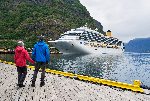 Туры, экскурсии и круизы
Туры, экскурсии и круизы
 Билеты и пропуска
Билеты и пропуска
 Билеты и абонементы на спортивные мероприятия
Билеты и абонементы на спортивные мероприятия
 Малая группа
Малая группа
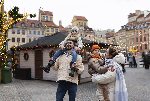 Сезонные и особые случаи
Сезонные и особые случаи
 Санитарные меры приняты
Санитарные меры приняты
 Занятия на улице
Занятия на улице
 Вероятность продажи
Вероятность продажи
 ЛГБТ-дружественные туры
ЛГБТ-дружественные туры
 Подходит для детей
Подходит для детей
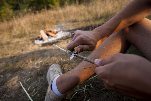 Включает животных
Включает животных
 Удобно избегать скопления людей
Удобно избегать скопления людей
 Еда, напиток
Еда, напиток
 Превосходное качество
Превосходное качество
 Классы и семинары
Классы и семинары
 Лучшая конверсия
Лучшая конверсия
 Аудиогиды
Аудиогиды
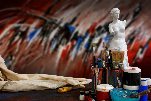 Искусство и культура
Искусство и культура
 Виатор Плюс
Виатор Плюс
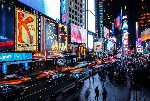 Sustainable Tours
Sustainable Tours
 Limousine Transfers
Limousine Transfers
 Donut Walking Tour
Donut Walking Tour
 Virtual Experiences
Virtual Experiences
 Additional fees
Additional fees
 DSA non-compliant
DSA non-compliant
 Уникальный опыт
Уникальный опыт
 Путешествия и транспортные услуги
Путешествия и транспортные услуги
 Туры, экскурсии и круизы
Туры, экскурсии и круизы
 Билеты и пропуска
Билеты и пропуска
 Билеты и абонементы на спортивные мероприятия
Билеты и абонементы на спортивные мероприятия
 Малая группа
Малая группа
 Сезонные и особые случаи
Сезонные и особые случаи
 Санитарные меры приняты
Санитарные меры приняты
 Занятия на улице
Занятия на улице
 Вероятность продажи
Вероятность продажи
 ЛГБТ-дружественные туры
ЛГБТ-дружественные туры
 Подходит для детей
Подходит для детей
 Включает животных
Включает животных
 Удобно избегать скопления людей
Удобно избегать скопления людей
 Еда, напиток
Еда, напиток
 Превосходное качество
Превосходное качество
 Классы и семинары
Классы и семинары
 Лучшая конверсия
Лучшая конверсия
 Аудиогиды
Аудиогиды
 Искусство и культура
Искусство и культура
 Виатор Плюс
Виатор Плюс
 Sustainable Tours
Sustainable Tours
 Limousine Transfers
Limousine Transfers
 Donut Walking Tour
Donut Walking Tour
 Virtual Experiences
Virtual Experiences
 Additional fees
Additional fees
 DSA non-compliant
DSA non-compliant




 ru
ru
 English
English
 French
French
 Polish
Polish
 Ukrainian
Ukrainian
 Serbian
Serbian

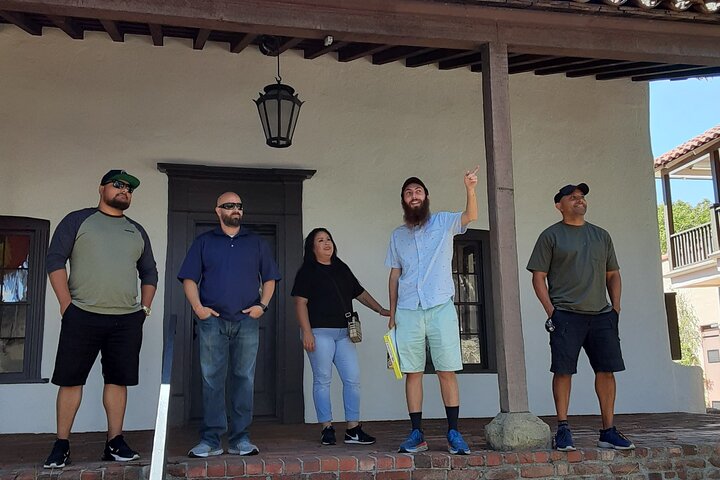


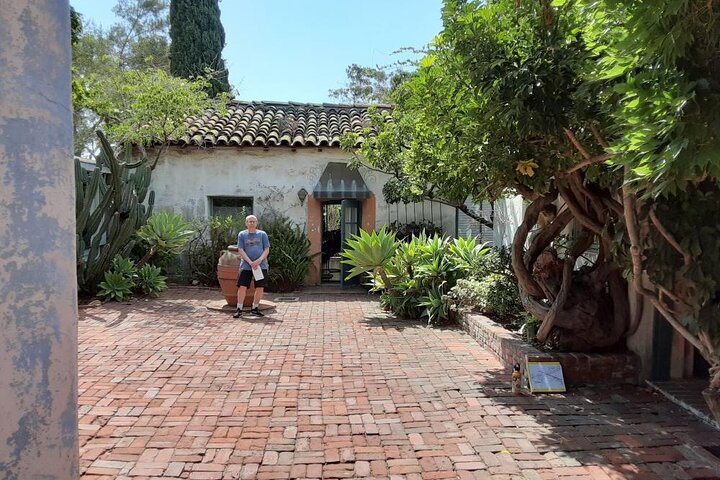


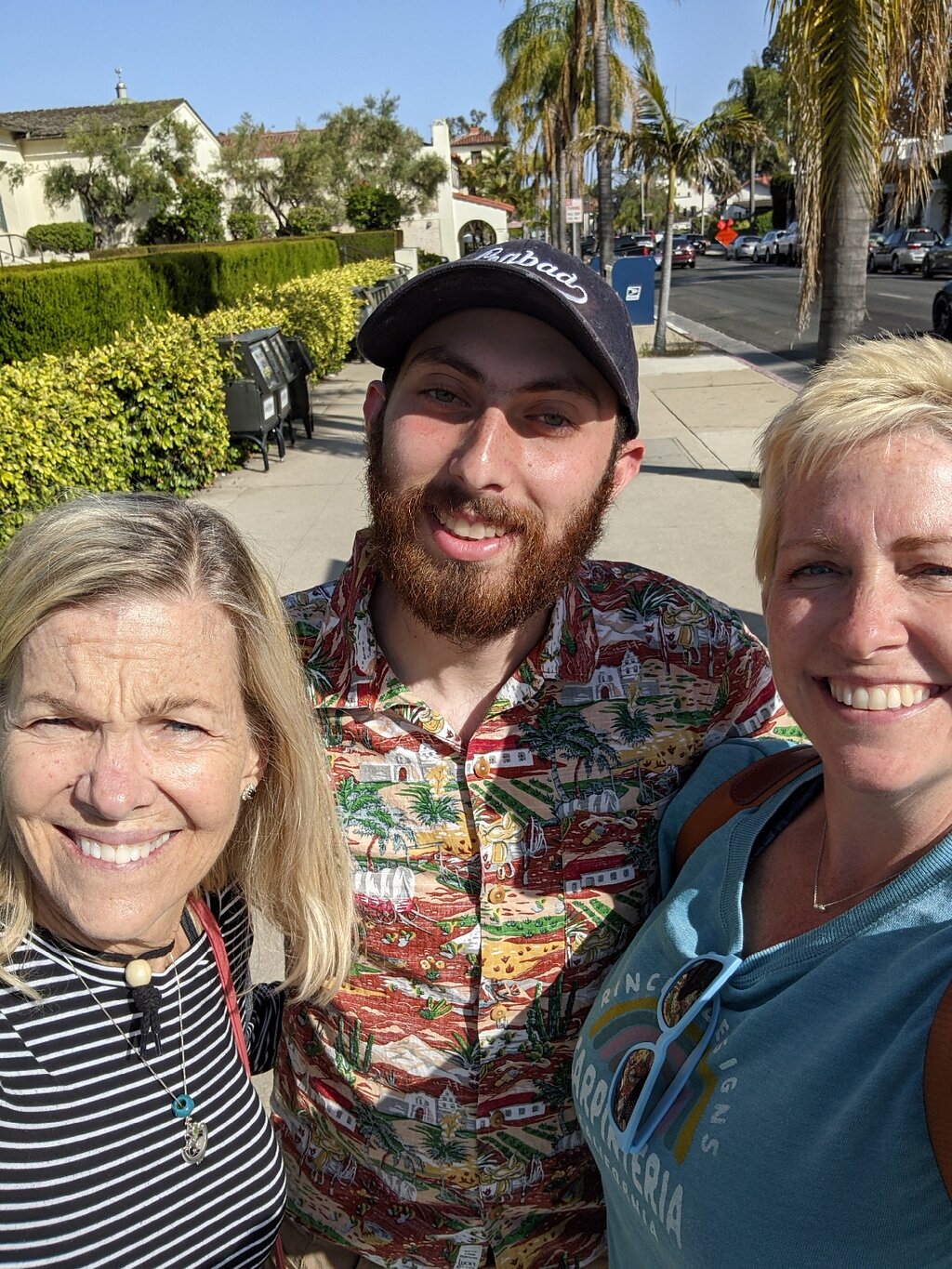
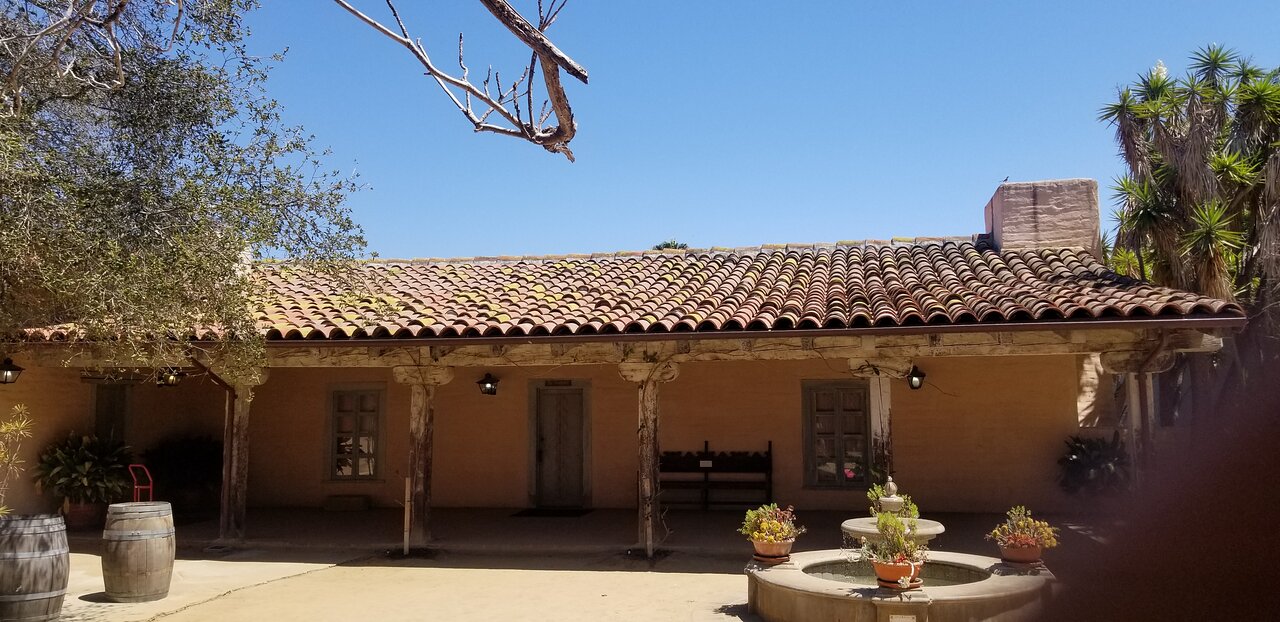
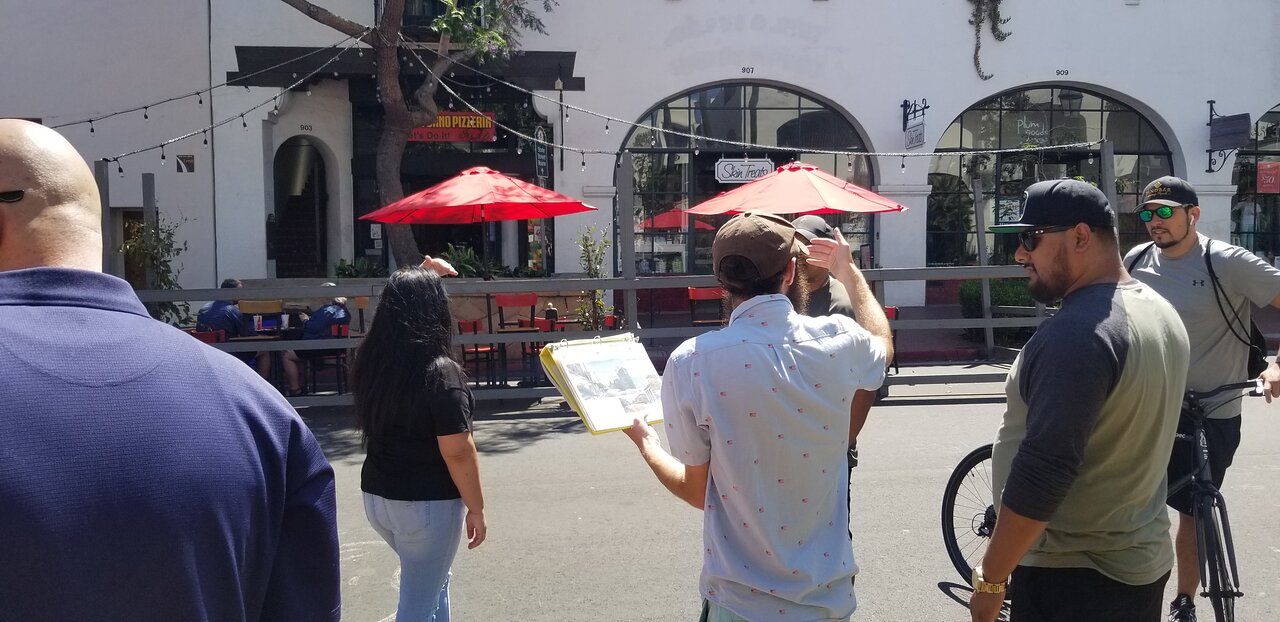
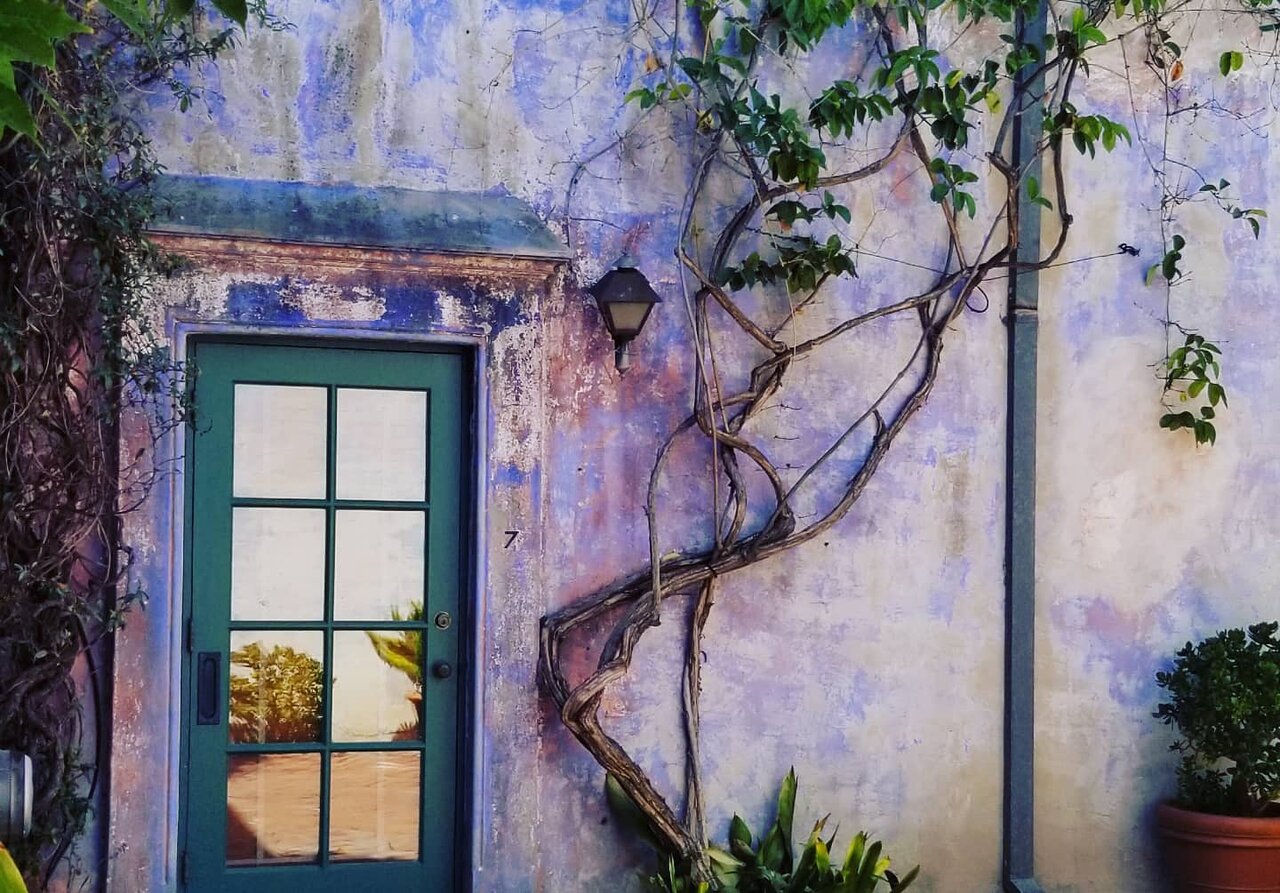


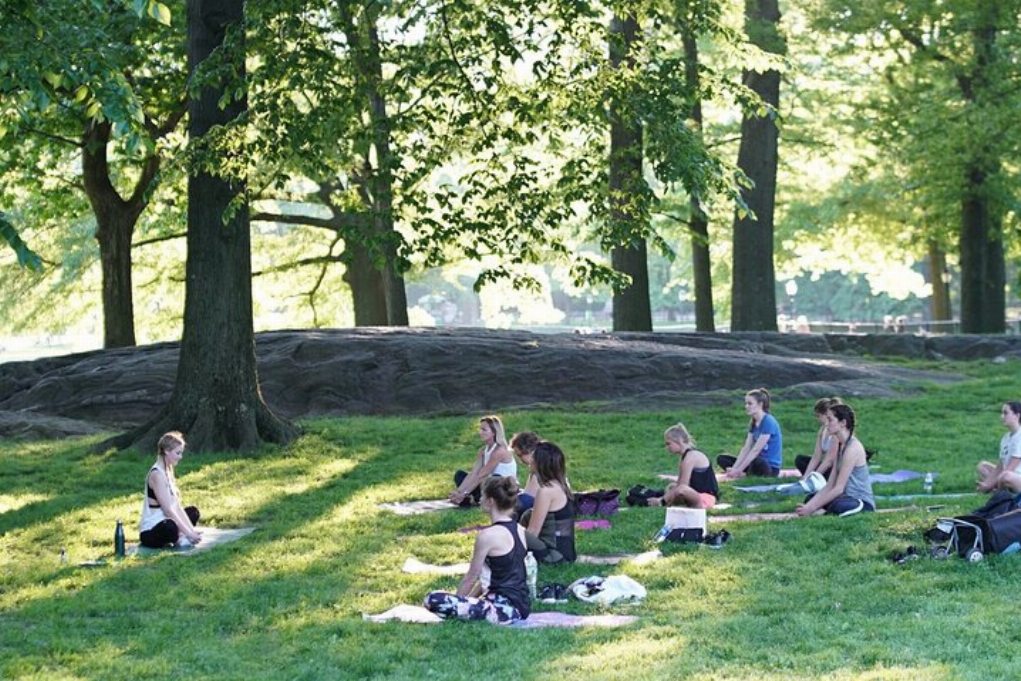

 Более
Более

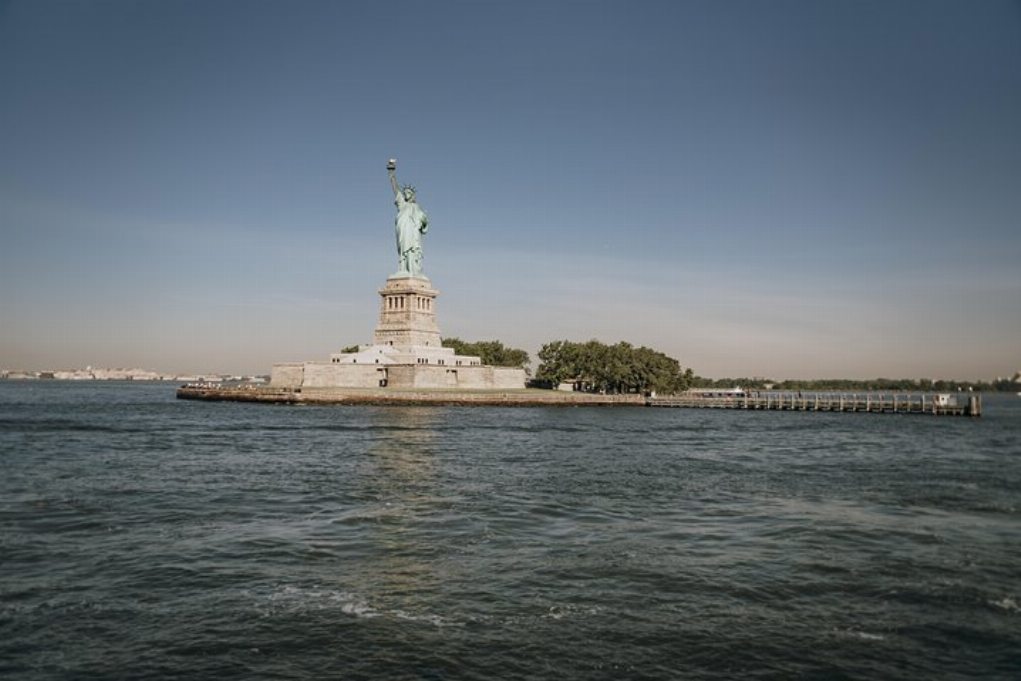
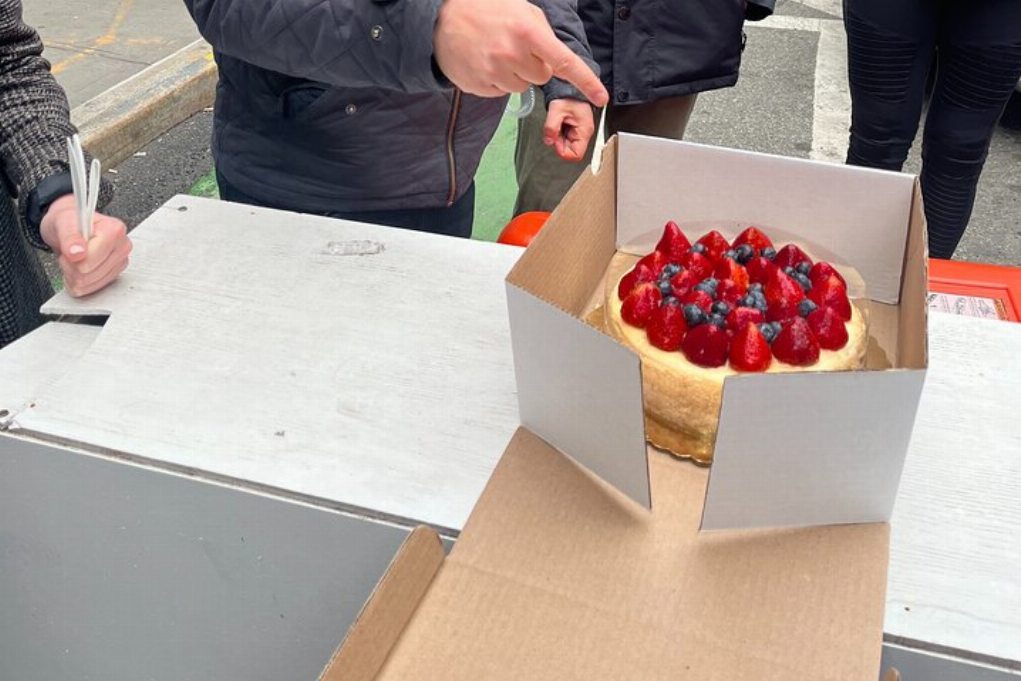
 Продолжить через Google
Продолжить через Google
 Продолжить с Facebook
Продолжить с Facebook
 Продолжить с Twitter
Продолжить с Twitter

